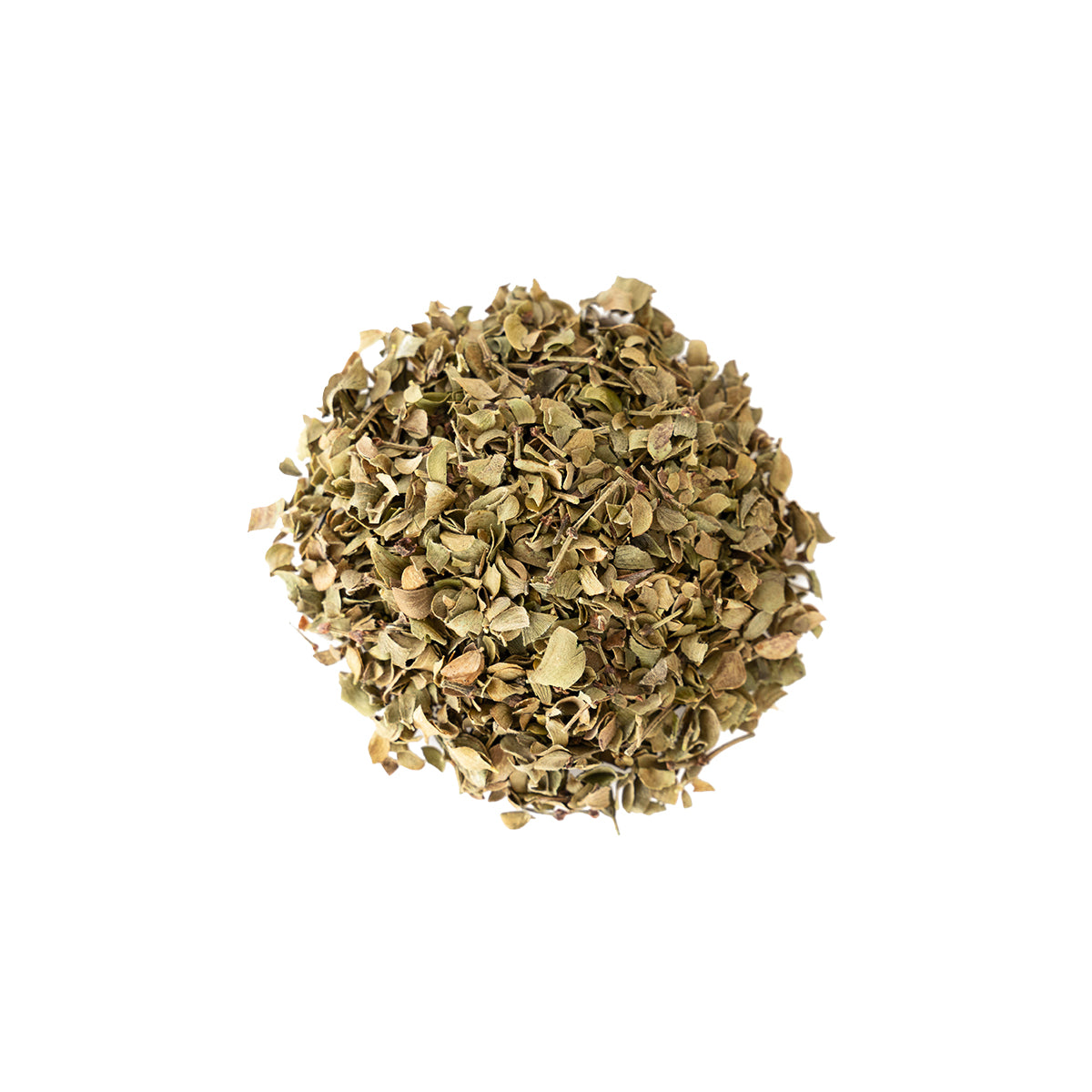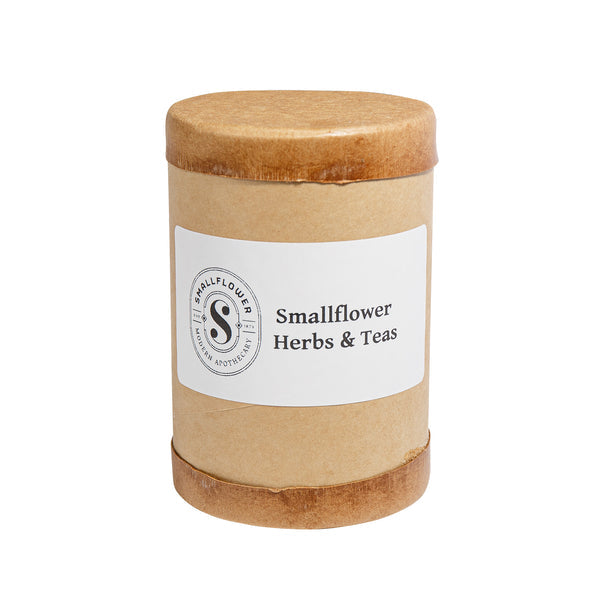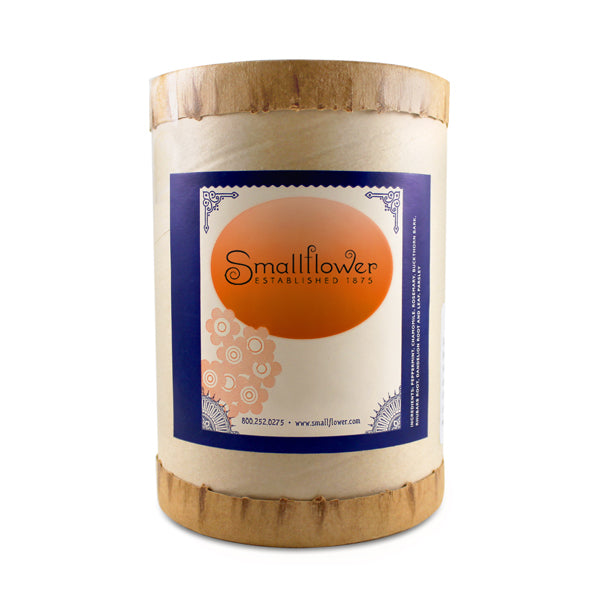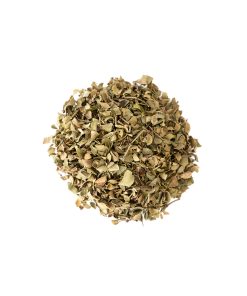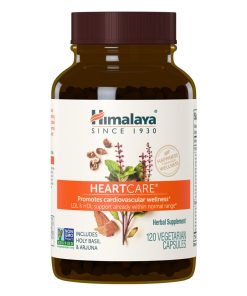Smallflower Chaparral (Larrea tridentata) (4 oz) #16088 Smallflower
$ 17,00 $ 10,20
Chaparral – (Larrea tridentata) is a desert shrub native to the Southwestern United States and throughout Mexico, where it is more commonly known as the Creosote bush. It is an evergreen shrub that usually grows to about 4 feet high, but up to 12 feet with abundant water. It has small, flat, waxy leaves on long stems, 5-petaled yellow flowers, and fruit encased in fuzzy white pods. The Chaparral plant has developed numerous unique survival tactics to master and essentially dominate the desert landscape. Chaparral has evolved to angle its stems as they grow, towards the morning sunshine in the Southeast. This way, all of its photosynthesis takes place when the desert air is still relatively cool and moist, and the plant doesn’t lose too much water, as it would in the scorching midday heat. Its fragrant, evergreen leaves are too bitter to be eaten by local wildlife, but waxy and broad in order to collect rare and valuable minerals in the form of dust from the air, eventually improving the soil in which the plant grows. These defenses and tactics have the effect of enriching the plant with a unique and valuable set of chemical compounds. The strong aroma of Chaparral leaves comes from a combination of volatile oils including terpenes, limonene and camphor among others. These volatile oils have long been used as potent antimicrobials and antifungals and are believed to be very beneficial, especially for the skin. Dried Chaparral leaves can be infused in water for a skin wash or bath tea, hair rinse or mouthwash.
Topical/External Use Only.
| Size | 4 oz |
|---|
Fast Shipping and Professional Packing
Our long-standing partnership with UPS FedEx DHL and other carriers around the world lets us offer a range of shipping services. Our warehouse employees will pack all goods to our exacting specifications. Your goods are thoroughly checked and securely secured prior to shipment. We deliver to hundreds of thousands of customers each day in different countries. This shows our commitment to become the biggest online retailer on earth. The warehouses and centers of distribution are located in Europe, as well as the USA.
Orders with more than 1 item are assigned processing times according to each item.
We will thoroughly inspect all items ordered before shipping. The majority of orders will be delivered within 48 hours. It is expected that delivery will take between three and seven days.
Returns
Due to multiple parties which include the factory as well as the warehouse, we are unable to effectively manage inventory. The stock levels may fluctuate at any given time. Be aware that it is possible that your order will run out of stock even after you have made the order.
Our policy lasts for thirty days. We cannot exchange or refund your order if it has been 30 days from the date of purchase.
The item you purchase must be in its original packaging and be unused. The item must be in the original packaging.
Related products
Tea Filters & Accessories
Tea Infusers
Herbal Supplements
Herbal Supplements
Herbal Supplements
Herbal Supplements
